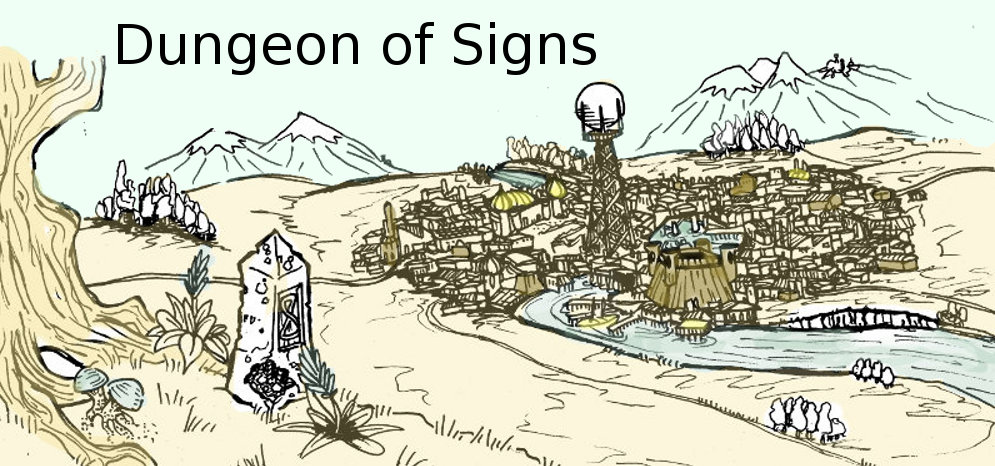SOUL & SORCERY - CHARLES R. SAUNDERS "IMARO"
 |
| A Current Cover of Saunders' Imaro - Pretty Swords & Sorcery |
I recently had a chance to discuss 'bad fantasy novels' with a friend and he mentioned that he was interested in the Soul & Sorcery genre of fantasy, something I had no idea even existed. Soul & Sorcery is a genre of Sword & Sorcery pulp fiction written by black authors starting in the late 1970's as an alternative to "Western" Fantasy with it's use of Celtic, Norse and Arthurian mythology as world-building tools, and also as a way to counter some of the retrograde racial attitudes and depictions found in Sword's & Sorcery - like those in Conan (which was written mostly in the eugenics obsessed 1930's). Soul & Sorcery, or at least the Imaro stories I read, doesn't really feel, or perhaps it shouldn't really feel, like a genre of it's own - it's simply a Sword & Sorcery tale set in a mythical Africa, rather then a mythical Europe.
Soul & Sorcery is an interesting sub-genre of fantasy in that it is both very different from standard Sword & Sorcery and very much the same. I picked up "Imaro" by Charles R. Saunders - a collection of the first Imaro stories available for kindle and fairly cheap. Imaro seems to have been the birth of the genre, with the first Imaro story published in 1975. Imaro the character and the stories involving him are very much a homage, reworking or retelling of Conan stories. The title hero, Imaro, is in the Conan mold - "massively thewed" and a dangerous fighter with a somewhat gloomy outlook and tendency towards anger. Imaro battles sorcerers, their necromantic creations and dangerous animals, but the savannahs and jungles he wanders are very different then Conan's forests and icy plains. Saunders has taken effort to make Imaro's world distinctly African, and this provides the interest in what would otherwise be fairly formulaic (though quite readable) Swords & Sorcery stories. Imaro represents a "reskinning" (perhaps that's not the best term here) of Howard and his imitators that is pretty charming because it is different. I also suspect Imaro is as light on historical/mythological fidelity to it's East African source material as Conan is to it's Northern European, but that's likely for the best given that Imaro is a straightforward set of stories about triumphing over evil wizards.
Imaro is set entirely in a fictitious fantasy Africa, about as closely linked to the real world as Howard's fictionalized Fantasy Europe/Hyboria, where the hero begins in a fictional Southern or Eastern African (seemingly a fictionalized fantasy Masai/Bantu/Zulu) and moves Northward though various African biomes and broadly sketched fantasy version of historical African cultures. It is interesting to compare Saunder's fantasy Africa to Burrough's fantasy Africa, and note how much more alive Saunders' feels. Burroughs' Africa is a set-piece jungle and occasional set-piece savannah inhabited by cookie cutter 'savages' of the noble and good or cannibal and evil variety. Ignoring how these stereotypical depictions are a mark of the era of Burroughs writing and how this aspect of the Tarzan stories might be off-putting to modern readers, I think there's a useful lesson about world building here. Saunders clearly had more knowledge about Africa the place and historical African peoples then Burroughs did, and it shows to his advantage in depicting a fantastic version of the place (or part of it - part of Burroughs problem is imagining an 'Africa' that is a single jungle filled expanse rather then a huge continent). Now I'm not suggesting that Imaro can be looked at for any historical facts, any more then Conan will tell you about the Celts, but having taken the time to look at the technology and culture of the ancient peoples he is modelling his fantasy on, Saunders can add context and details that makes sense - the savannah folks are nomadic hunters and herders who live in easy to transport hide domes and value cattle greatly while the jungle people live mostly by fishing and gardening along the riverbanks and reside in conical houses of clay and thatch. These details, seemingly pulled from historical sources, make sense and so can be readily understood without having to remember a great deal of fantastic vocabulary or world specific oddness. They are also details, and so give the reader a better understanding of Saunders' world building then Burroughs endless villages of huts built around a giant cooking pot.



